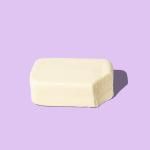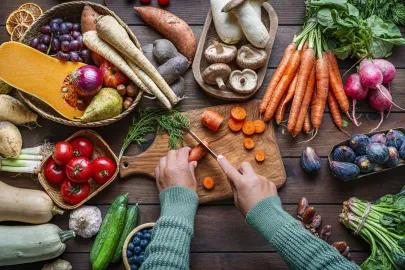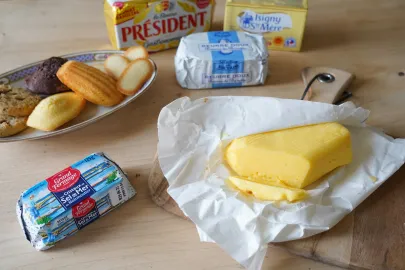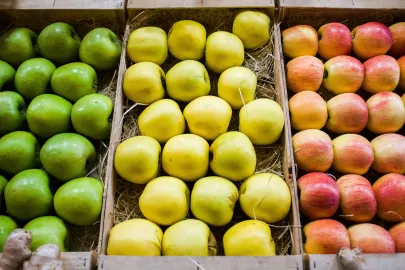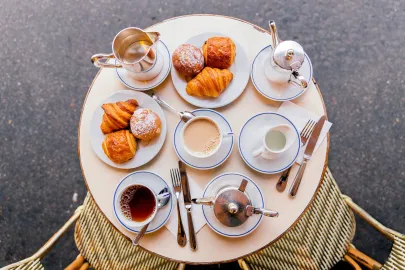“Not having butter in France, that’s appalling,” a Parisian professor proclaimed when interviewed by the New York Times.
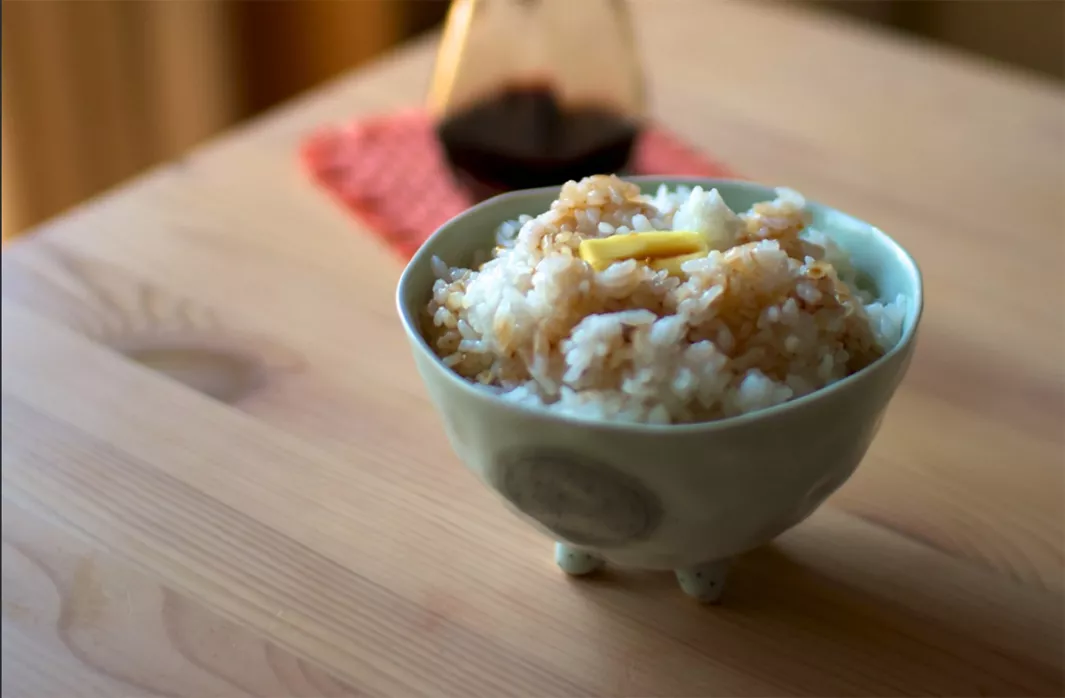
In France, butter is viewed as an essential commodity, with some people even joking that the three secrets to French cooking are “butter, butter, and more butter!” Delicate and velvety, French butter is widely regarded as the crème de la crème of the butter world – simply spreading some on a hunk of bread can be a transcendental experience.
From that subtle initial aroma, French butter slowly yet elegantly glides its way over every single taste bud. And if it is cultured butter that has undergone a fermentation process, the resulting flavour is even more sophisticated and balanced, capable of elevating any fried or baked dish. But butter is not exclusively the preserve of Michelin-starred French restaurants – it can be just as magical when used in Asian cuisine!
Why are the French so obsessed with butter? What other uses does it have in the kitchen?
Butter is a truly versatile ingredient, and it does far more than simply stopping your food sticking to the pan. Butter is the key ingredient in many French sauces, such as the famous hollandaise, its rich taste the result of mixing together butter and egg yolk. Drizzled over a decadent eggs Benedict or white asparagus, you’d be forgiven for making sure you’ve mopped up every last drop of this delectably creamy sauce. When used in baking, butter locks moisture into the dough, allowing it to better rise and expand. As arguably the most popular form of cooking fat, butter plays a variety of roles in all kinds of dishes.
Soft, fluffy textures
Puff pastry is made by enveloping a block of butter in some dough and then folding it many, many, many times to give a pleasing, multi-layer structure once baked. All that butter is responsible for giving puff pastry its smooth, creamy taste, which is why it’s used as the basis for many sweet treats throughout Europe, from croissants and kouign amann in France to a whole host of Danish pastries. Butter also inhibits the proteins (commonly called gluten) found in flour, making those pastries even softer.
Making sauces with emulsification
Emulsification is when you mix together two liquids that don’t usually mix, such as oil and water, with help from another ingredient acting as an “emulsifier” to form a smooth, silky liquid. This principle serves as the basis for many sauces – and butter just so happens to be an excellent emulsifier. Renowned American chef and TV personality Julia Child claimed that sauces were the light and glory of French cuisine, and butter is the one we have to thank for this.
Flavour, flavour, flavour!
The aroma of butter on its own is more than enough to get anyone salivating, and even if it were only used for seasoning, it would still have millions of loyal fans. For example, the late, great Joël Robuchon’s signature mashed potato uses only four ingredients: potato, butter, milk and salt, but the secret to its phenomenal taste is the equally phenomenal use of butter. When chefs usually make mashed potato, they typically add 50-100 grams of butter for every kilo of potatoes, whereas Robuchon’s recipe calls for a palate-pleasing 250 grams!
Thanks to its versatility, butter is the bedrock of French cuisine, and French recipes abound with butter in all its different forms, usually with regular “cold butter” used to make the light and multi-layered pastry for croissants, tarts, and so on. However, the French also often heat butter to make beurre noisette (brown butter) and clarified butter, which imbue dishes with different tastes and textures.
Beurre noisette is made by slowly heating butter until its milk solids sink to the bottom of the pan and toast until they’re a light brown colour. This type of butter has a warm, nutty aroma reminiscent of hazelnuts or almonds. Its unique, layered flavour is often used in baking or sauces, and is also perfect for frying scallops.
Clarified butter (sometimes called “drawn” butter) is butter that has been cooked over a continuous heat until all of its water has evaporated. Clarified butter has a higher smoke point, making it more suited to high-temperature cooking such as flash frying, as it is less likely to scorch.
Besides all of its traditional uses in Western cuisine, butter can also be incorporated into Chinese-style dishes.
Wok and roll
Processed clarified butter can be used for all manner of frying, and in Chinese cooking is particularly suited to stir fries, fried eggs or fried pork (it works especially well with red meat) as it has a mellower flavour than vegetable oil. Alternatively, you can also add cold butter to the pan before cooking as a replacement for vegetable oil.
Seasoned butter
Seasoned butter is extremely easy to make, and has a million and one uses in the kitchen. All you need to do is mix salt and whatever other seasoning you like to cold butter that has been left to soften at room temperature, and voilà! For example, add parsley and lemon zest to your butter to zing up grilled meat, or use kimchi and salted egg yolk for an intensely Asian twist.
Butter + soy sauce
The surprising deliciousness of butter paired with soy sauce is highlighted in a simple Japanese dish called “butter rice”, recently made famous by the Midnight Diner TV series. The saltiness of the soy sauce is offset by the silkiness of the butter, resulting in a milder taste with a slightly sweet finish that elevates simple white rice to another level entirely. The soy sauce excites the taste buds, while the butter satisfies hunger and the rice provides a sense of comforting familiarity. It’s always the simplest foods that evoke the deepest philosophical question: how on earth does this taste so good?
World-famous chefs are also proponents of fusing Eastern and Western flavours.
Back in 2000, Jean-Georges Vongerichten was already combining butter and soy sauce in his Simple to Spectacular recipe book, frying steak in butter than seasoning with soy sauce and ginger in a recipe that he believes has the potential to become an all-time classic. When designing his catering menu, Wolfgang Puck offered satay beef skewers in spicy sauce as a starter (again using a butter and soy sauce mixture as one of the main ingredients). And the best part is that there are no ironclad rules about quantities and seasoning – it simply tastes amazing every time. Give it a go yourself next time you’re in the kitchen!
Contributor

Editor

